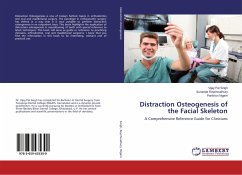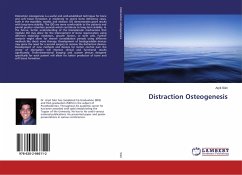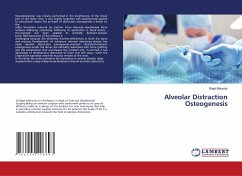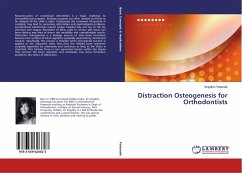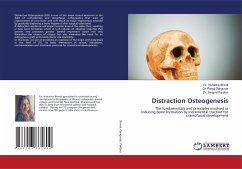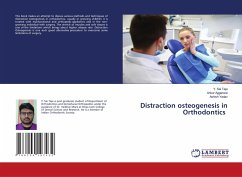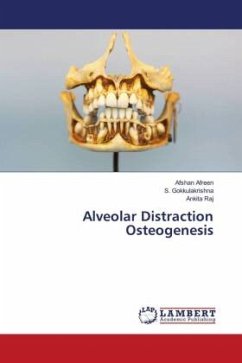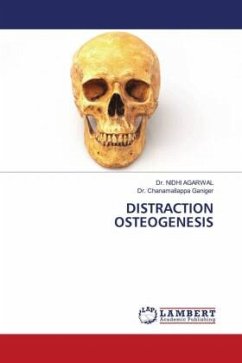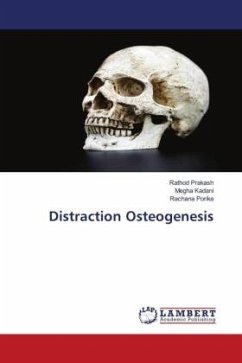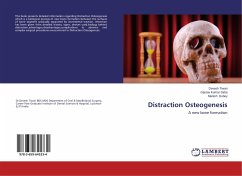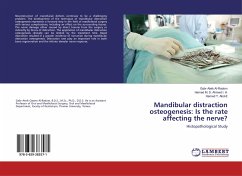
Mandibular distraction osteogenesis: Is the rate affecting the nerve?
Histopathological Study
Versandkostenfrei!
Versandfertig in 6-10 Tagen
36,99 €
inkl. MwSt.

PAYBACK Punkte
18 °P sammeln!
Reconstruction of craniofacial defects continues to be a challenging problem. The development of the technique of mandibular distraction osteogenesis represents a forward step in the field of maxillofacial surgery with various complications, including an effect on the surrounding tissues. The nerve damage either caused by direct trauma from the surgery or indirectly by forces of distraction. The application of mandibular distraction osteogenesis clinically can be limited by the treatment time. Rapid distraction resulted in a greater incidence of nonunion during mandibular distraction osteogene...
Reconstruction of craniofacial defects continues to be a challenging problem. The development of the technique of mandibular distraction osteogenesis represents a forward step in the field of maxillofacial surgery with various complications, including an effect on the surrounding tissues. The nerve damage either caused by direct trauma from the surgery or indirectly by forces of distraction. The application of mandibular distraction osteogenesis clinically can be limited by the treatment time. Rapid distraction resulted in a greater incidence of nonunion during mandibular distraction osteogenesis. Distraction rate play an important role in both bone regeneration and the inferior alveolar nerve response.



